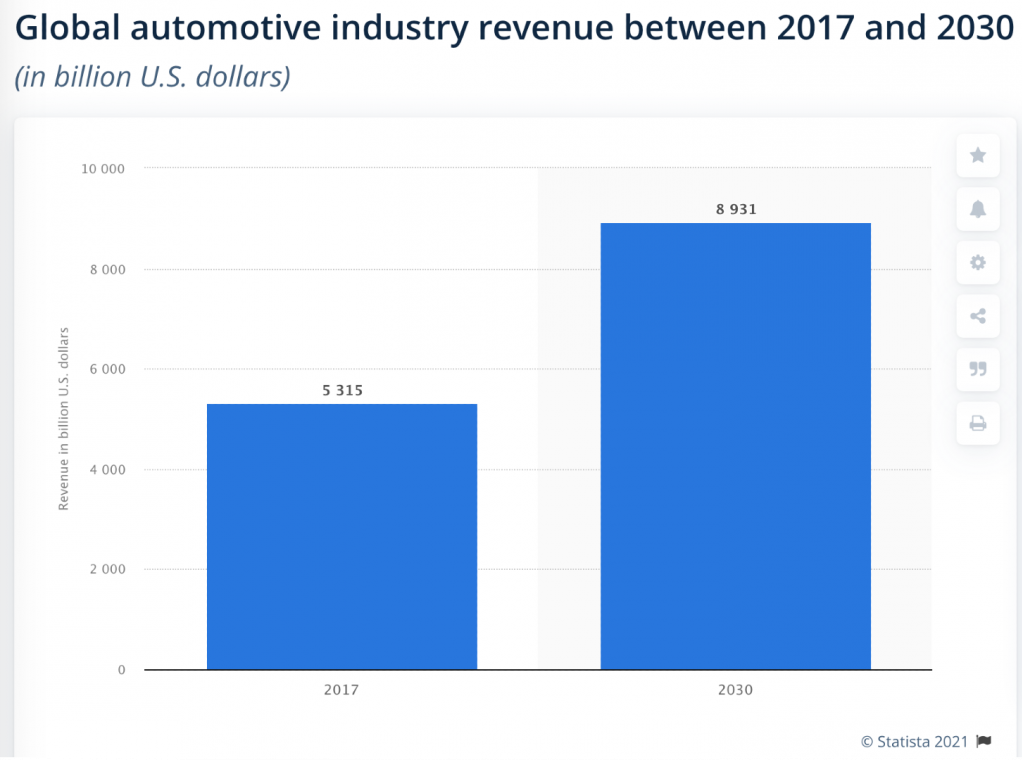
The pandemic has had a great economic impact, and the automotive industry, already quite sluggish since 2019, even before we were struck by the virus, has not come out unscathed.
In particular, in the period covering the end of the first and second trimesters (more precisely between March and May) of last year - a moment when we experienced lockdown and total production blocks in many countries across the world, including Italy - sales shrank by 15% globally.
So what does the post-pandemic future of automotive look like?
A recent dossier released by Statista has grouped a range of information, data and forecasts which are useful in defining a real future scenario.
The automotive sector outlook in 2020
In our introduction we referenced the fall in vehicle sales recorded in the initial months of 2020, a fall which was also apparent in new vehicle production.
Bearing that in mind, during the pandemic outbreak in China many production plants closed, and not a single vehicle exited the assembly lines in Wuhan.
In 2020 almost 78 million motorised vehicles were produced in the world, down 16% on the previous year, according to OICA data.
It is the greatest fall in world production ever recorded.

Find more statistics at Statista
Also last year Japan, Germany and China were the world’s major vehicle producers, and China claimed first place as the largest vehicle producer in the world, with over 21 million cars out of the production lines in 2020, almost one third of the world car production.
Over the last decade, China has emerged as one of the most important growth markets for all players in the world automotive industry.
World markets are ready for recovery in 2022
According to forecasts, global sales of vehicles will decrease to just less than 70 million units in 2021, a downward trend compared to a peak of 97 million (cars and light commercial vehicles, of which 73 million cars) in 2017.
In sales terms, a decrease of 13.8% is forecast for the 2019-2022 period, further highlighting a notable negative trend that began in 2018. The cause of this fall can obviously be linked to the pandemic.

Find more statistics at Statista
The global market seems set to get back on track from 2022.
+ 9 trillion dollars before 2030
As we mentioned above, 2019 pre-announced a stagnant period for the automotive industry, followed by a crash after the start of the pandemic.
Despite this, future forecasts are somewhat positive.
According to data gathered by Statista, the global automotive industry will grow by around 9 trillion dollars by 2030, of which 38% will be generated by new vehicles.

Of course, much will depend on how the pandemic plays out, and on the spread of the virus globally.
Our hope is to step out of troubled waters sharply, and return to living, and producing, as well as and better than our pre-Covid times.



